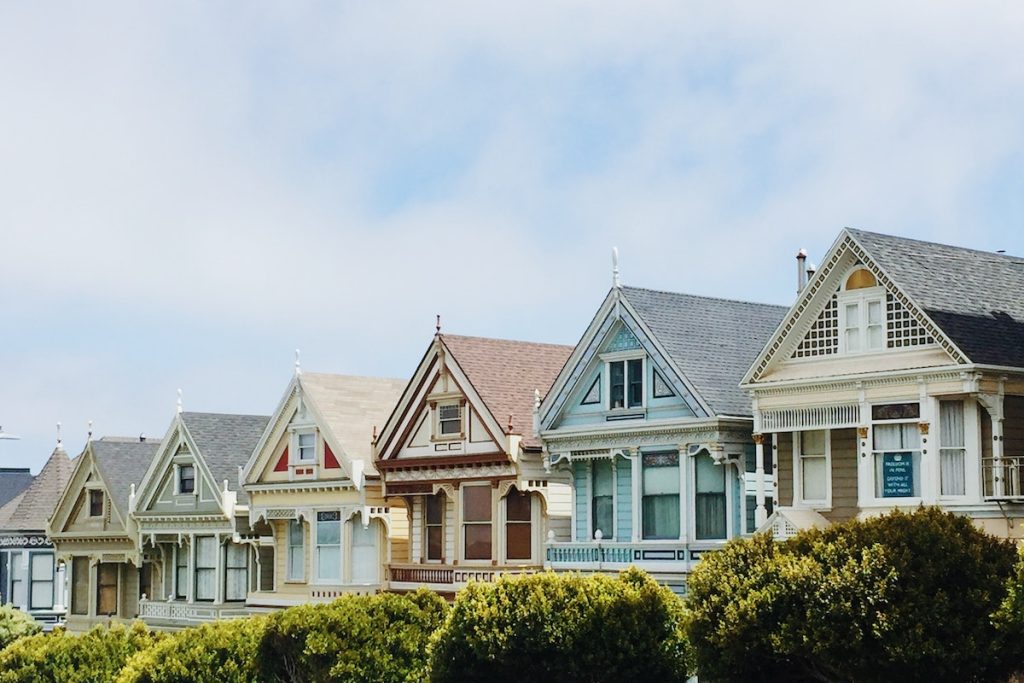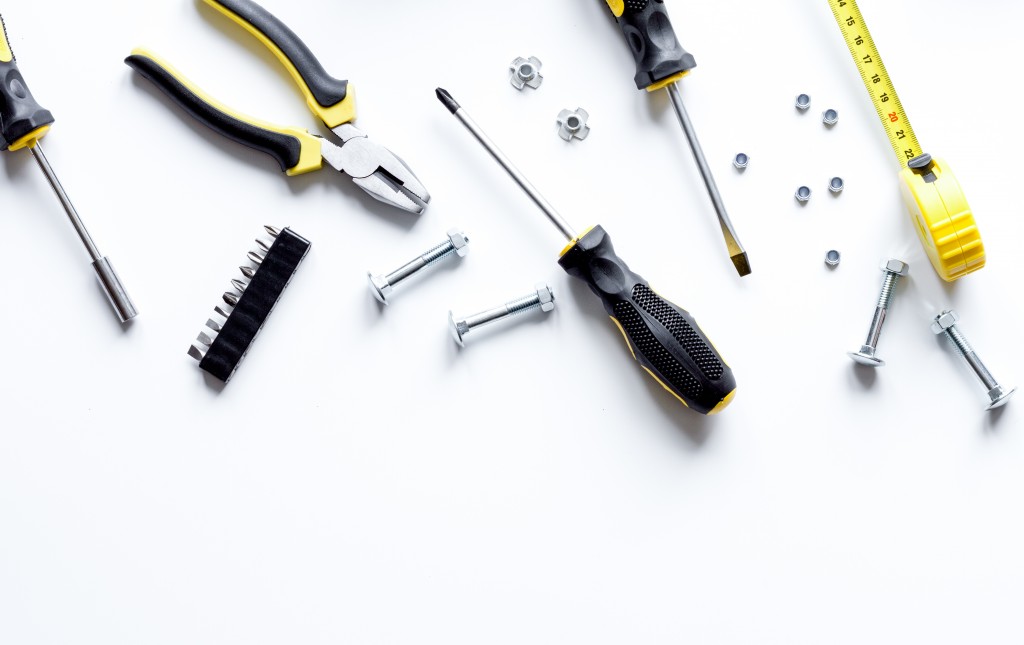Real estate investments have garnered immense popularity worldwide, reflecting a staggering global market value of $11,444.7 billion in 2021. This flourishing sector offers lucrative opportunities for individuals seeking long-term wealth accumulation.
Within the realm of real estate, various houses exist, each with its characteristics and allure. Among these, freestanding houses hold a prominent position. A freestanding house, also known as a detached house, stands independently, unattached to other structures. It is a symbol of privacy, providing homeowners with the freedom to design, modify, and personalize their living space according to their desires.
Understanding the concept of a freestanding house and its significance in the real estate landscape can help individuals make informed decisions when exploring housing options or investment opportunities.
What is a Freestanding House?
A freestanding house, also known as a detached house, is a residential property that stands independently, unattached to any other structures. It is a single-family dwelling that gives homeowners a sense of privacy and autonomy. Unlike townhouses or duplexes, freestanding houses are not connected to neighboring properties, allowing for distinct boundaries and exclusive use of the land surrounding the house.
Characteristics and Features of a Freestanding House
One of the defining characteristics of a freestanding house is its physical separation from other structures. It typically sits on its plot of land, providing ample space for front and backyards, gardens, driveways, and other outdoor amenities. This generous land area allows homeowners to customize and personalize their outdoor spaces to suit their preferences and lifestyle.
Freestanding houses often have multiple levels, including a ground floor and one or more upper floors, offering a spacious interior layout. They typically boast various rooms, including bedrooms, living areas, kitchens, bathrooms, and sometimes additional spaces such as basements, attics, or garages. This layout provides ample room for families or individuals to live comfortably and accommodates diverse needs and activities.
Furthermore, freestanding houses offer greater control and autonomy to homeowners in terms of maintenance, renovations, and modifications. Since they are not connected to other properties, owners have the freedom to make changes to the house’s interior and exterior without seeking approval from neighbors or adhering to shared regulations, as is often the case with attached housing options.
Differences between Freestanding Houses and Other Types of Residential Properties
Several notable differences emerge when comparing freestanding houses to other types of residential properties, such as townhouses, condominiums, or apartments. Unlike townhouses or row houses, freestanding houses provide complete separation and independent ownership of the land, ensuring greater privacy and control over the property.
In contrast to condominiums or apartments, freestanding houses offer more inside and outside space. Homeowners have the luxury of larger yards, private gardens, and driveways, creating a more spacious and suburban living environment.
Also, freestanding houses provide a quieter and less densely populated living experience compared to attached or multi-unit dwellings. The physical separation from neighboring properties reduces shared walls and potential noise disturbances, enhancing tranquility and peace within the household.
Pros And Cons Of A Freestanding House
Advantages of Owning a Freestanding House
Privacy and Independence
One of the significant advantages of owning a freestanding house is the inherent privacy and independence it provides. Homeowners detached from neighboring properties have greater control over their living environment. They can enjoy their personal space without the noise or disturbances often associated with attached housing options. This privacy also allows homeowners to explore unique architectural designs, such as creating a glasshouse, where large windows and abundant natural light can be incorporated without compromising privacy.
Customization and Flexibility
Freestanding houses offer unparalleled opportunities for customization and flexibility. Homeowners have the freedom to modify their property’s interior and exterior according to their tastes and preferences. From interior renovations to exterior landscaping, homeowners can personalize their freestanding houses to reflect their unique style and needs. This flexibility also extends to the possibility of expanding the house or making structural changes in the future, providing adaptability to evolving requirements.

Outdoor Space and Yard
Freestanding houses are often accompanied by generous outdoor spaces and yards, which homeowners highly value. These areas can be transformed into inviting gardens, play areas for children, or entertainment spaces for hosting gatherings. The availability of outdoor space enables homeowners to indulge in gardening, outdoor hobbies, or even construct DIY tiny houses, providing additional living areas or guest accommodations.
Potential for Future Expansion or Additions
Another advantage of owning a freestanding house is the potential for future expansion or additions. As homeowners’ needs change over time, freestanding houses offer the advantage of available land and building potential. Whether adding rooms, creating a home office, or constructing additional structures like a garage or workshop, freestanding houses provide the flexibility to adapt to changing circumstances and accommodate future growth.
Disadvantages of Owning a Freestanding House
Higher Maintenance and Upkeep
One of the main disadvantages of owning a freestanding house is the higher maintenance and upkeep required compared to other types of residential properties. As a standalone structure, the entire property, the house, and the surrounding land are solely the homeowner’s responsibility. This means regular maintenance tasks such as landscaping, roof repairs, exterior painting, and maintaining utilities like HVAC systems or septic tanks fall on the homeowner’s shoulders. The cost and effort required for ongoing maintenance can be significant and should be considered when owning a freestanding house.
Responsibility for Repairs and Renovations
Another drawback of owning a freestanding house is the sole responsibility for repairs and renovations. Unlike condos or townhouses, where shared ownership means shared responsibility, freestanding house owners bear the entire burden of financing and organizing repairs or renovations. Whether it’s fixing a plumbing issue, upgrading electrical systems, or remodeling rooms, homeowners need to allocate time, effort, and funds to ensure the upkeep and improvement of their property.

Cost Considerations (e.g., Property Taxes, Insurance)
Owning a freestanding house comes with additional cost considerations. Property taxes for freestanding houses tend to be higher compared to other residential properties due to the larger land area and greater property value. Insurance premiums can also be more expensive since freestanding houses typically require separate coverage for the structure and the land. Homeowners should carefully evaluate these financial obligations, including property taxes and insurance costs when considering the purchase of a freestanding house.
Limited Amenities or Shared Services
Unlike certain housing types, like condos or gated communities offering shared amenities and services, freestanding houses may have limited communal facilities. Homeowners may miss out on perks like shared pools, fitness centers, or maintenance services available in shared living environments. While freestanding houses provide autonomy and privacy, they may lack the convenience and convenience of communal amenities that can be enjoyed in other residential properties.
How To Set Up A Freestanding House?
When you become the proud owner of a freestanding house, you can upgrade your home and create a living space that suits your needs and style. Setting up a freestanding house involves several essential steps to ensure a smooth transition and a comfortable living environment.
Finding and Purchasing a Freestanding House
The first step in setting up a freestanding house is finding and purchasing the right property. Begin by exploring real estate listings, engaging with agents, and attending open houses. Consider location, neighborhood, amenities, and proximity to essential facilities. Once you find the ideal freestanding home, make an offer, negotiate the price, and complete the purchase transaction.

Understanding Property Boundaries and Legal Aspects
After acquiring the freestanding house, it’s crucial to understand the property boundaries and legal aspects. Review the property survey, examine the land’s dimensions, and identify any easements or encroachments. Familiarize yourself with local zoning regulations and any applicable homeowners’ association rules or restrictions. Understanding these aspects ensures compliance and helps avoid potential disputes or issues.
Home Inspection and Necessary Renovations or Improvements
Before settling into your freestanding house, conduct a thorough home inspection. Hire a professional inspector who can assess the property’s condition, identify potential issues, and recommend necessary repairs or improvements. Addressing these concerns early on will help create a safe and functional living space. Plan and execute any required renovations or improvements, considering your budget and desired outcome.
Designing and Decorating the Interior and Exterior
With the structure of your freestanding house in good shape, it’s time to design and decorate both the interior and exterior spaces. Consider your style, preferences, and functional requirements when selecting furniture, fixtures, and décor. Pay attention to creating a cohesive and inviting atmosphere that reflects your taste and enhances the livability of your freestanding house. Similarly, focus on exterior landscaping, considering curb appeal, privacy, and maintenance requirements.
Maintaining and Managing the Property Effectively
Once your freestanding house is set up and furnished, it’s crucial to establish effective maintenance and management practices. Regularly maintain the house, including landscaping, cleaning, and general upkeep. Stay organized with essential documents such as property deeds, insurance policies, and maintenance records. Create a schedule for regular maintenance tasks and consider hiring professionals for specialized services when needed.
A freestanding house offers numerous advantages, including privacy, independence, customization, and ample outdoor space. Homeowners can design, renovate, and expand their living spaces as needed, providing a sense of autonomy and personalization. However, owning a freestanding house also comes with responsibilities for maintenance, repairs, and higher costs, which should be carefully considered alongside the benefits when making a decision.
Overall, the appeal of a freestanding house lies in the opportunity to create a unique and comfortable home tailored to individual needs and preferences, making it an attractive option for those seeking long-term residential satisfaction and investment opportunities.
Frequently Asked Questions
1) How does a freestanding house differ from other types of residential properties?
A freestanding house is a standalone dwelling, not connected to other structures, offering privacy and autonomy. Other types include condos (shared ownership) and townhouses (attached).
2) How is the maintenance of a freestanding house different from other types of properties?
Maintaining a freestanding house is solely the homeowner’s responsibility, including the house and surrounding land. In contrast, other types, like condos or townhouses, often have shared maintenance obligations to handle certain tasks.
3) Are freestanding houses typically more expensive than other types of homes?
Freestanding houses are often more expensive due to their larger land area and greater privacy. Additional costs include maintenance and higher property taxes.
4) Can I make renovations to a freestanding house?
Yes, as the owner of a freestanding house, you have the freedom to make renovations and modifications according to your preferences and needs, allowing for greater customization of your living space.
5) Are there any regulations that apply specifically to freestanding houses?
Regulations for freestanding houses vary by location and zoning laws. They may include building codes, setback requirements, and restrictions on property usage or modifications.
6) Are freestanding houses more suitable for families or individuals?
Freestanding houses are suitable for both families and individuals. They offer ample space, privacy, and customization options, catering to diverse living needs and preferences.



